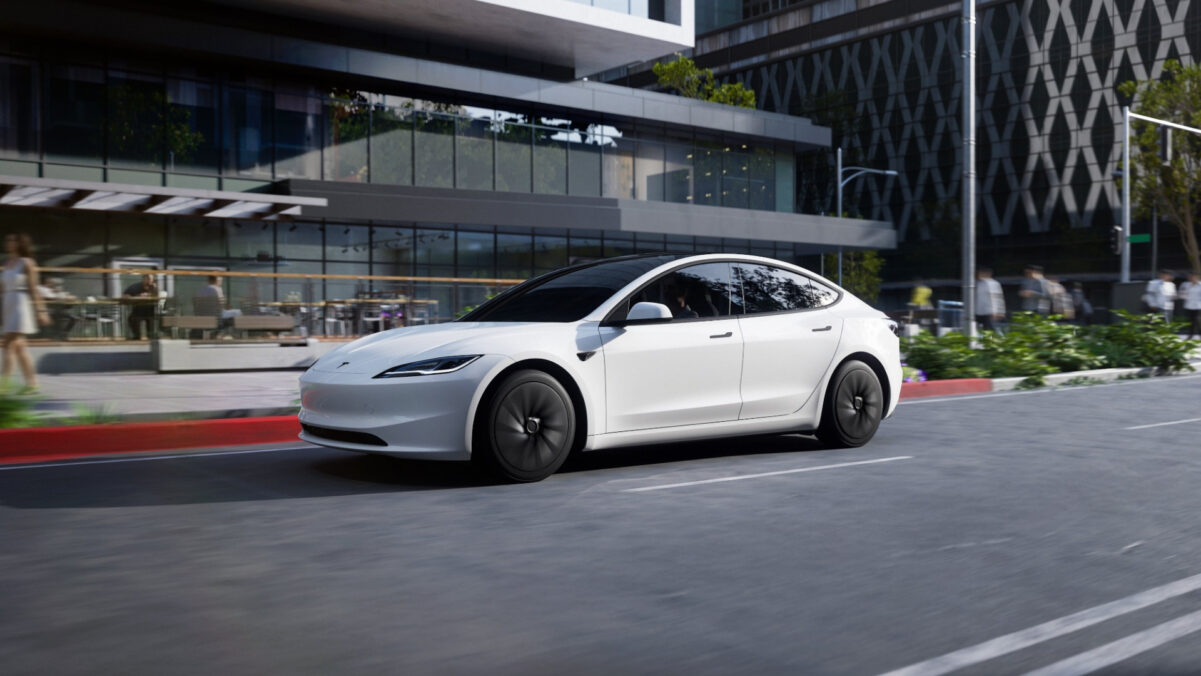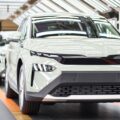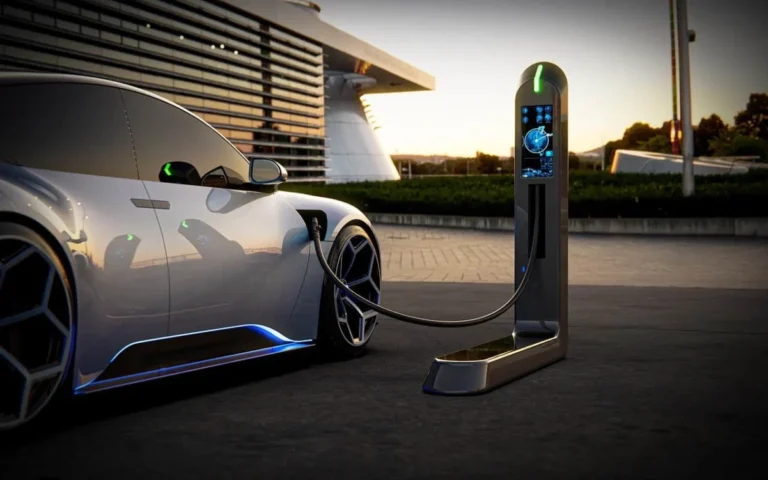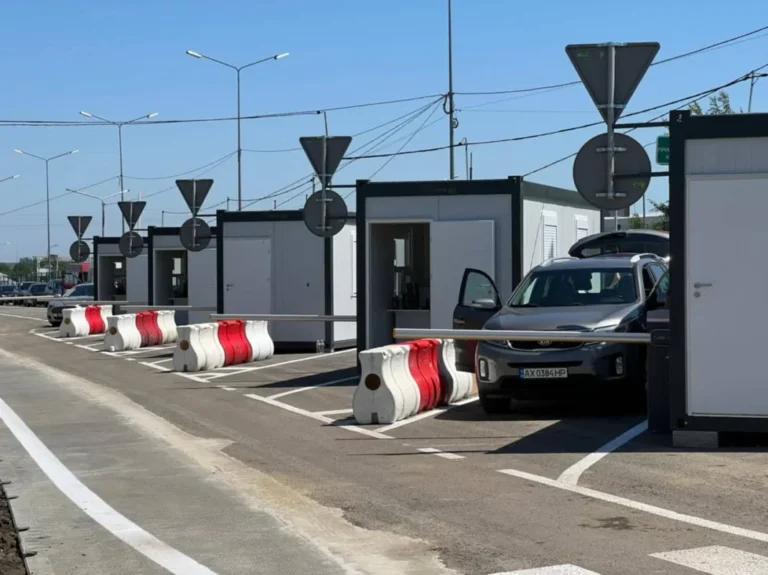
Tesla Chooses the Path of Compromise: Will the New Model 3 and Model Y Really Change the Electric Vehicle Market?
In early October 2025, Tesla officially announced two “affordable” versions of its most popular electric vehicles Model 3 Standard and Model Y Standard. The presentation provoked a wave of reactions: from cautious optimism among potential buyers to disappointment from industry analysts who had expected a real revolution.
Both models are already available for order, with first deliveries scheduled for December 2025. Model 3 Standard is priced from $38,640, Model Y Standard from $41,600. That’s about 20% less than the updated base versions. However, the lower price has not been achieved thanks to a technological breakthrough, but through a radical simplification of the configuration.
Although key features remain up to 516 km of range, a 15.4-inch multimedia display, the Grok AI voice assistant, heated front seats and steering wheel Tesla has removed a whole list of features that were previously considered standard even in the “affordable” segment:
- no panoramic roof;
- no power-folding mirrors or interior lighting;
- no additional display for passengers, no door lighting;
- wheels are only 18-inch (previously 19-inch);
- color choices limited to just three options.
The changes inside are even more substantial: the audio system has been reduced to 7 speakers (instead of 15 in more expensive versions), with no subwoofer or radio, the steering wheel is manually adjustable, shock absorbers are passive, and there’s no Autosteer function. Both models are rear-wheel drive and accelerate to 100 km/h in 6.8 seconds. With fast charging, you can add 240 km of range in 15 minutes.
Affordability Without Innovation: What’s Behind the Announcement
It’s important to understand: this is not the “mass market” electric car for $25,000 that Elon Musk has been promising since 2018. In 2020, he claimed plans to produce up to 20 million such cars annually, but the company focused on more expensive models, including the Cybertruck, whose commercial fate turned out to be a failure.
Now Tesla offers buyers not a fundamentally new model, but maximally simplified versions of the same Model 3 and Model Y. Analysts note: “Tesla’s affordability” is more a marketing step to retain market share amid rising competition than an attempt to radically change the structure of demand.
Possible Consequences for the Market and the Company Itself
Demand for Model 3 Standard and Model Y Standard may give Tesla short-term sales growth. Estimates suggest that in 2026, the company could sell up to 1.85 million vehicles, in part thanks to the new versions. However, there is a significant risk: the majority of these new sales may not come from attracting a new audience, but from customers simply choosing the cheaper option instead of the more expensive one.
In the third quarter of 2025, Tesla already demonstrated growth after a prolonged decline: 497,099 vehicles delivered 7.4% more than last year. However, leading industry analysts point to growing pressure from Chinese manufacturers and gradual market saturation in the US and Europe. “There is a risk that the new models will simply ‘pull away’ part of the clientele from the standard Model 3 and Model Y, and there will be no real breakthrough,” the analytical reviews note.
What Was Expected and What Was Delivered: Opinions of Buyers and the Market
A significant number of consumers were waiting for a truly “people’s” electric car simple, affordable, with a basic but not ascetic set of features, truly within reach for the middle class. However, even after the price reduction, Tesla remains far from the psychological $25,000 mark. Simplified configuration brings a compromise: somewhat cheaper, but noticeably more modest in experience and functionality.
The new Model 3 Standard and Model Y Standard are a step toward affordability, but not the revolution the market was hoping for. Tesla chose the tactic of quick solutions sacrificing part of the comfort and technology for an attractive price amid growing competition. The company retains its leadership, but no longer sets the rules of the game.
There has been no real breakthrough yet. The mass-market electric car that will make EVs truly accessible for the majority remains a promise. Consumers have received new options but not the sense of a genuine revolution.














